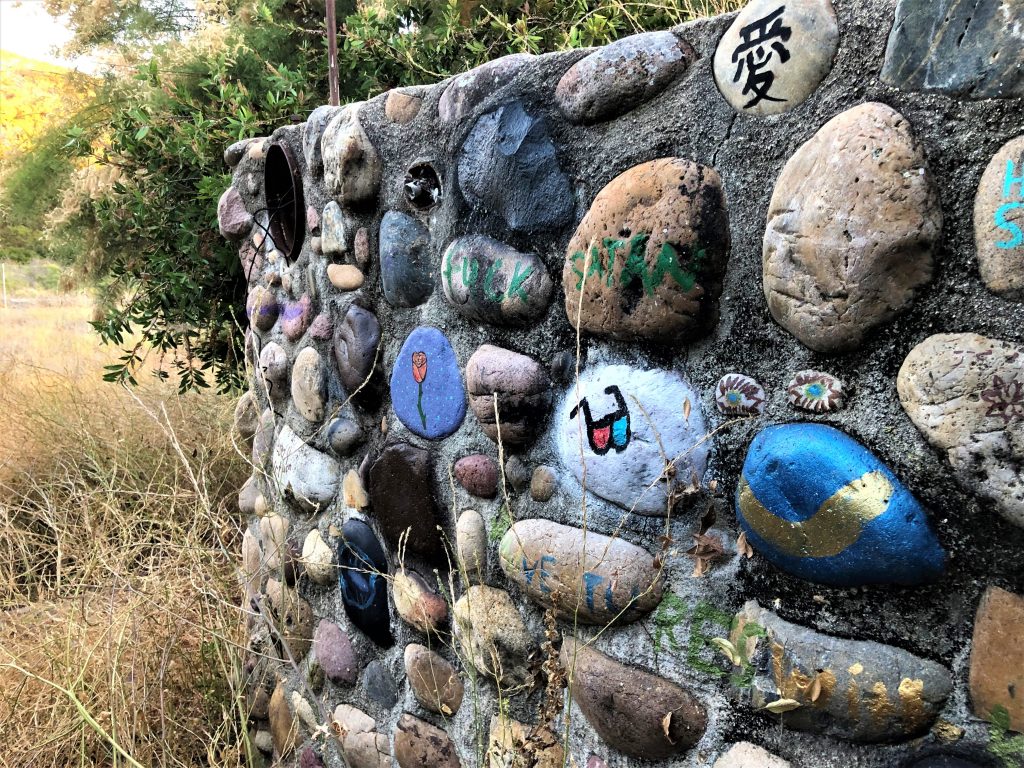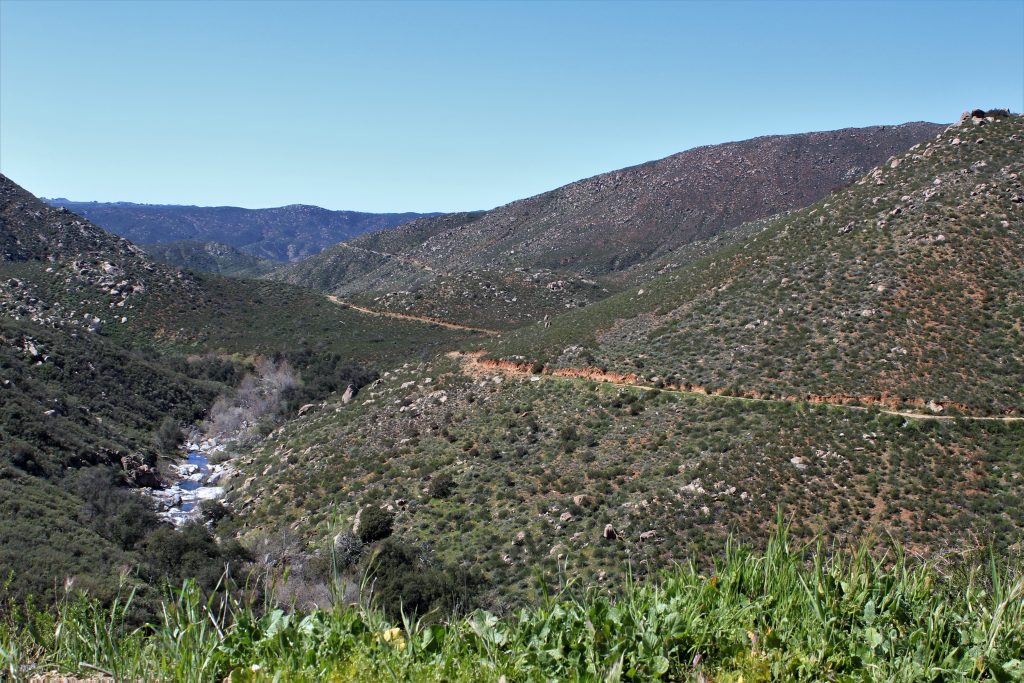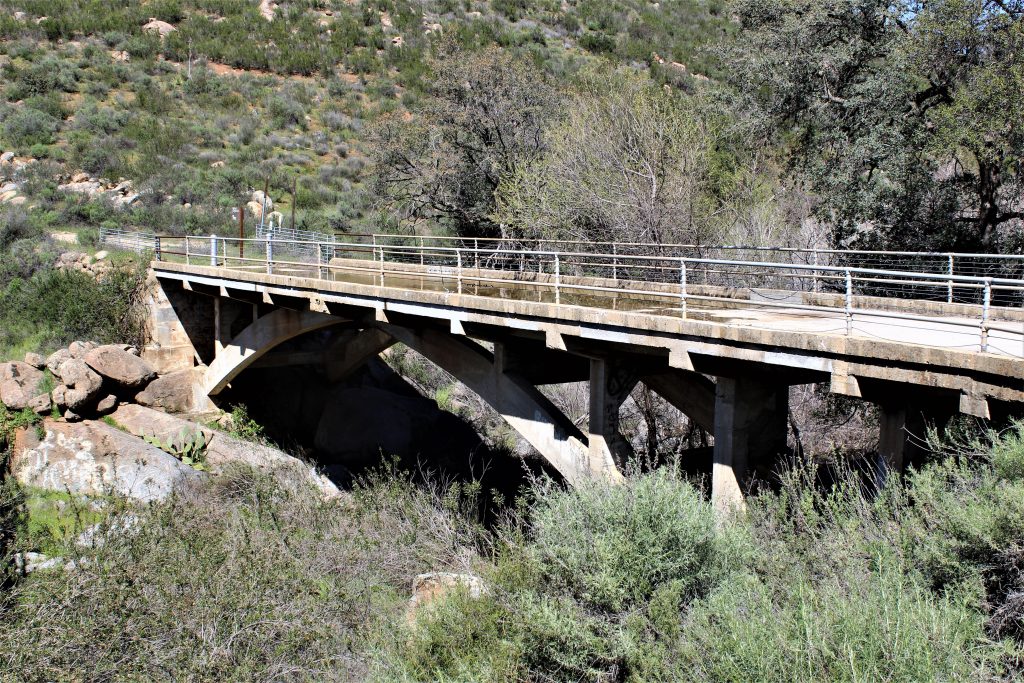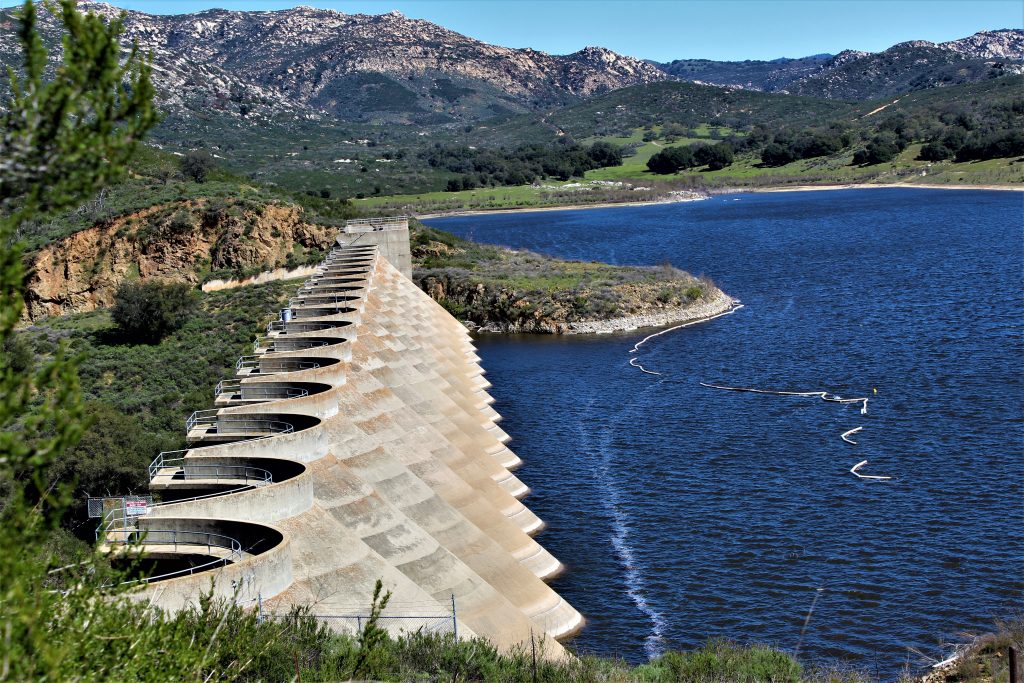I am still working on the new promotion at Geocaching.com called Mystery at the Museum (MatM), a month long game-within-the-game in which geocachers can earn several cool, new badges. For details, click (here). For the details of finding my first clue, click here.
After my less than spectacular search at the 4:10 cache, I was determined to prove to the virtual detective that I was up for this case. Combing through the case files that she gave me and making good use of the filters on the geocaching.com website, I surmised that Beeler Canyon might be a good spot to initiate my search for clues. Beeler Canyon is kind of an odd place, sandwiched between the Stonebridge neighborhood in Scripps Ranch and the back side of the technology park near Costco. The beginning of the road has some nice homes, then there is more of a farm-like area, and then it opens up into an empty canyon. The Vulcan Materials company owns some of the land, and the area also serves as an escape route for Stonebridge, with fire roads dropping steeply down to the canyon. Towards the end of Beeler Canyon road are some nice trailheads into Sycamore Canyon.

Two of the three caches here that had clues were your garden variety park-n-grabs, but one (Beeler Road Rock Ruins, GC5YPPF) was located in a remarkable place. GZ was about 100 feet off the road, in a copse of trees within a fenced enclosure with only three sides. There was ample evidence of nefarious activity in the area, including broken beer bottles, drug paraphernalia, and some old clothes. I approached the trees carefully, listening for teens and watching for rattlers, and then the doorway came into view. The place was well hidden by the thick, dead brush and the overgrown trees. The doorway reminded me of an elven home out of Lord of the Rings. In fact, the whole building, or at least what’s left of it, was very otherworldly. The walls were imbedded with large stones and beer bottles, all of which seemed to have been put there on purpose. There was the usual smattering of graffiti, but some of the rocks were actually painted quite nicely. After a bit of exploring, I failed to find the stolen jewels, dead bodies, or any angsty teens. I did manage to find the cache pretty quickly and given the virtually infinite number of potential hiding spots at this site, I’m hoping for a virtual brownie point from the virtual detective. Anyhow, between the three Beeler Canyon caches, I collected one fingerprint and TWO shadows! Dun dun daaa! So I just need one more fingerprint and two footprints to move onto the next level. So I made good progress towards solving the MatM case and had a cool little adventure.



